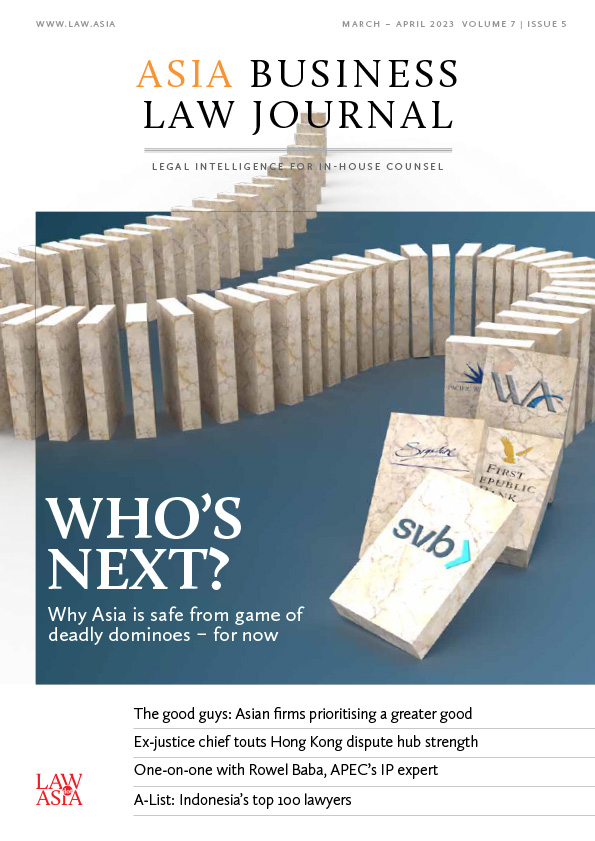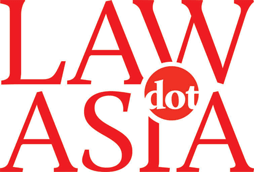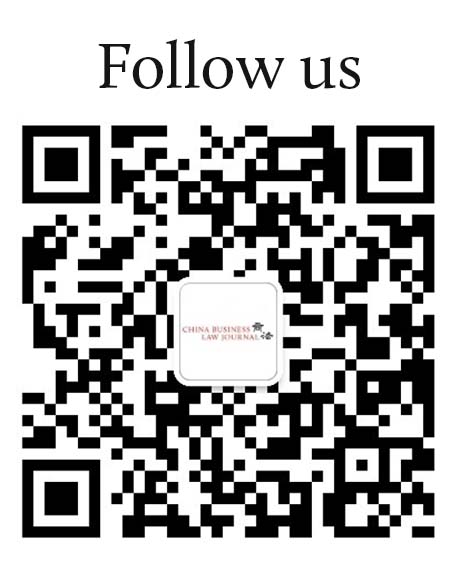China National Intellectual Property Administration (CNIPA), on 4 April 2019, released on its official website the “Draft Amendment to the Patent Examination Guidelines”, soliciting public opinions before 5 May 2019 as to how the Draft could be improved. The Draft proposes revisions to both substantive and procedural aspects in preliminary examination, substantive examination and invalidation proceedings. The major changes are analyzed below.
Time limit for filing further divisional applications
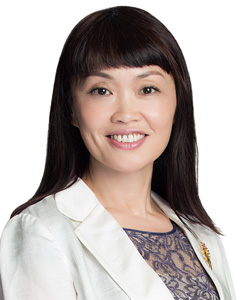
Senior partner
Wanhuida Peksung IP Group
The Draft clarifies the time limit for filing further divisional application(s) on the basis of the existing divisional application due to unity objections raised by the examiner. In that case, a further divisional application should be filed before the prosecution of the existing divisional application completes. More specifically, the deadline should be the expiration date of the two months period starting from receipt of allowance notice of the existing divisional application.
Under the current practice, as the deadline for filing a further divisional application based on the existing divisional application is not explicitly specified in the Examination Guidelines, the applicant may file further divisional applications just by submitting the examiner’s unity objection notice, without being bound by any specific time limit. This has given rise to a widely criticized practice: the extremely late filing of a further divisional application.
To avoid confusion, it would be more advisable to reiterate that the time limit for filing divisional applications on the applicant’s own accord (voluntary filing) remains unchanged, i.e., depending on the status of the earliest parent application.
The Draft also requires that the applicant(s) of a divisional application should be identical with the applicant(s) of the parent application as recorded at the time of filing the divisional application. In the case of a further divisional application, its applicant(s) should be identical with that/those of the existing divisional application on which it bases.
Eligibility of stem cells from human embryo
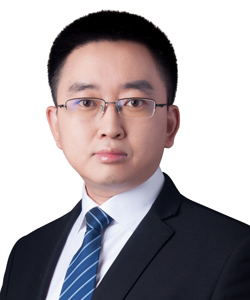
Patent counsel
Wanhuida Peksung IP Group
The Draft confirms the patentability of the stem cells isolated or obtained from human embryo within 14 days after fertilization (not developed in vivo) and the preparation method thereof. It clarifies that such inventions should not be rejected as being contrary to social morality. Meanwhile, a human embryonic stem cell should not be deemed as a human body at various stages of its formation and development.
Considering the active researches and rapid developments in the above technical field of stem cell, eligibility of the stem cells will encourage more innovators to patent their inventions.
Deferred examination on patent applications
The Draft introduces a new rule about deferred examination. The applicant may request the deferring for the examination of its/his patent application. The applicant may opt to a delay of 1, 2 or 3 years. This rule is applicable to any type of patent applications, including invention, utility model and design. Any application for deferred examination should be submitted at the time of requesting substantive examination for an invention, or at the time of filing a utility model or a design.
Against the current backdrop of the CNIPA’s pushing for expedition of patent examination, the deferred examination provides a supplementary route for the applicants with diversified needs and adds flexibility to the patent prosecution regime.
You must be a
subscribersubscribersubscribersubscriber
to read this content, please
subscribesubscribesubscribesubscribe
today.
For group subscribers, please click here to access.
Interested in group subscription? Please contact us.







